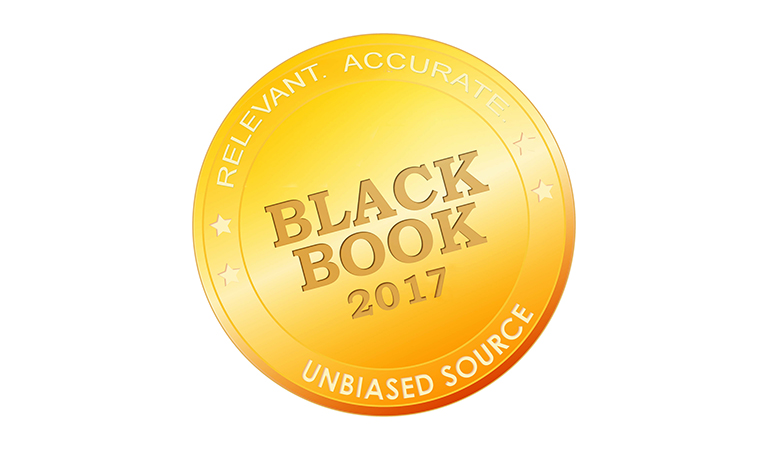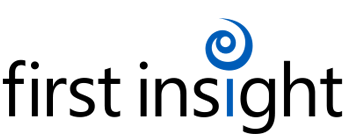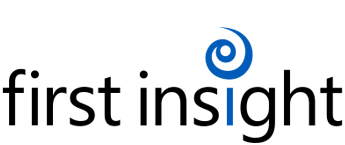
31 May MaximEyes EHR Receives Top Nationwide Ranking for its Ophthalmology EHR
MaximEyes EHR ranked #2 nationwide among ophthalmology EHRs in the 2017 Black Book independent, unbiased healthcare research survey, and #1 nationwide in the “Functional Subset Honors” category for “Results Review/Management and Decision Support” for government incentive programs.
See Where Your Eye Care EHR Ranks
Black Book evaluated 20 EHRs used by ophthalmologists on 18 Key Performance Indicators (KPIs). MaximEyes was rated particularly strong in training, EHR implementation, customizability, reliability, and data security. See where your EHR ranks (view comparison chart), if at all, and if it received yellow or red flags on any KPIs.
“As far as we know, there is no comparable study like this for EHRs used by optometrists; however, many eye care EHRs, including MaximEyes EHR, are used by both optometrists and ophthalmologists,” said President and CEO of First Insight Corporation. “This ranking is a testament to our commitment to the ophthalmic industry to always provide top-line certified EHR solutions that enhance clinical decision-making, improve the patient-provider experience, and empower ophthalmologists and optometrists to operate an efficient and profitable practice.
“For more than 23 years, we’ve focused exclusively on optometry and ophthalmology EHR and practice management solutions for the eye care professional,” said Mr. Rai. “Our customer surveys prove that MaximEyes technical support and training set us apart from other EHRs—we consistently deliver unmatched technical support in less than 30 seconds with a 98% customer satisfaction. We understand that every practice is as unique as the patient it treats. When you invest in MaximEyes, your relationship with us is just the beginning.”
“We’re not a one-size fits all practice. It’s easy to customize MaximEyes EHR workflows. I can add or remove virtually any elements on an encounter form. I can access my schedule and patient data anywhere on my tablet, laptop, and phone so I can focus on providing better patient care.” – Mark Rosanova, MD
“The quality and reliability of customer support is very important to running a successful practice. We reviewed other EHRs and we found that MaximEyes stood out from the competition with its user-friendly software and excellent customer support.” – Christopher Weber, OD
About Black Book Market Research
Black Book Market Research is an independent and unbiased rating system that annually evaluates leading healthcare/medical software and service providers across 18 operational excellence key performance indicators from the perspective of the client experience. More than 580,000 healthcare EHR users were invited to participate.
The survey examined more than 310 EHR vendors and utilized 16,778 validated EHR users nationwide for rankings; the final report included the top 20 EHRs. The 2017 Ophthalmology EHR survey included 922 participants from 692 practices, groups, clinics and facilities. For more information about the Black Book study, visit the Black Book website.
EHR Solutions Tailored to Your Needs
We’ll get your eye care practice up and running quickly without compromising patient care. In fact, we think the legwork is so important, we’ll help you create a plan of action and determine your potential return on investment. Request an online demo today.





